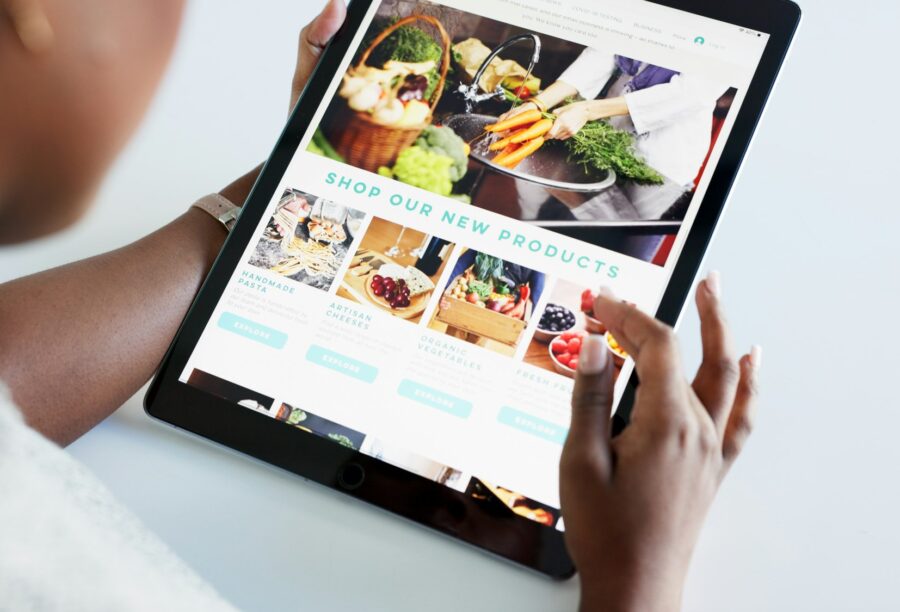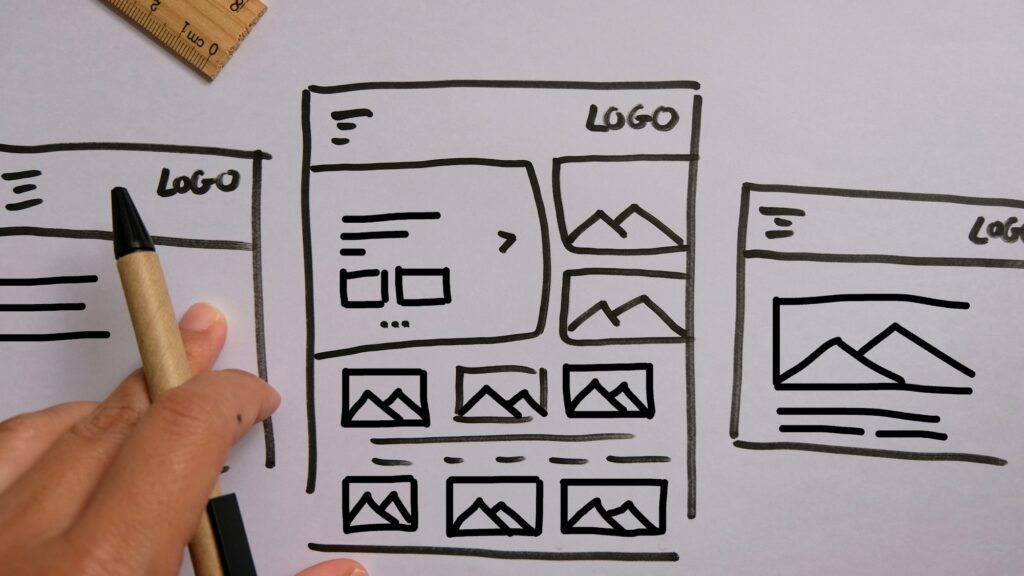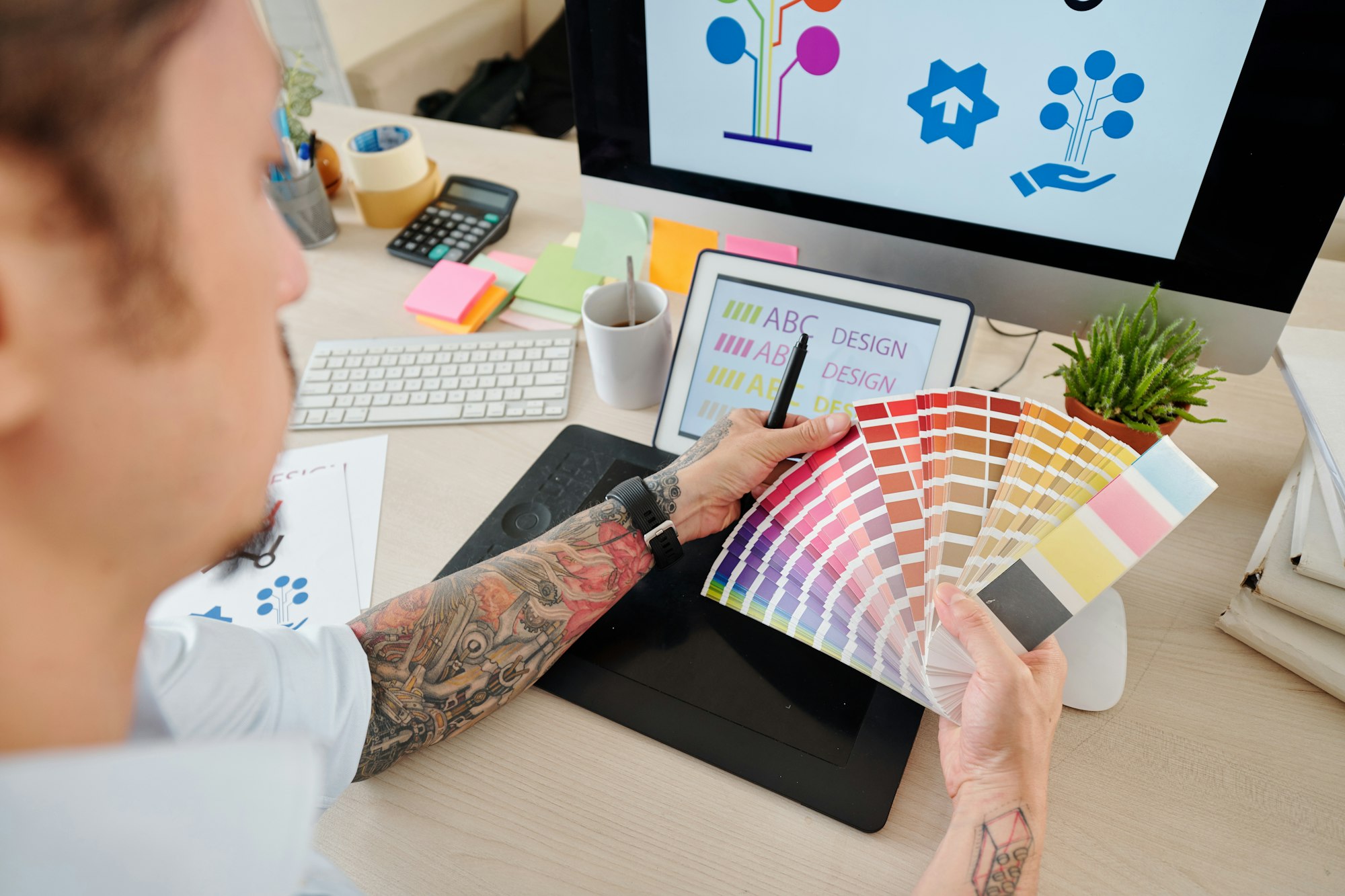
Estimated reading time: 8 minutes
Today we are going to discuss Web Design Trends For 2024, so stay tuned. It doesn’t matter what industry you’re in or who you’re trying to reach. Web design actively shapes how users perceive their digital experience and how businesses captivate their audiences.
That’s always been the core of web design development, but the rate of change in our field is unprecedented. As technology causes user expectations to skyrocket, how can designers keep up?
Related Links
In a dynamic, constantly evolving digital design world, there’s only one way forward: building predictions based on the technology itself.
To illustrate this and answer the age-old question ‘what’s the next big web design trend,’ we’ve gathered:
- Historic design shifts from the past decade
- Core design principles in 2024
- Trending features and aesthetics in 2024
- Technology advancements impacting design
- Predictions for future web design trends
Let’s get into it.
The Evolving Landscape Of Web Design
Tastes are constantly changing, but the past decade of design evolution has felt like an extra dramatic shift. For users and designers alike, it’s hard to even remember how websites and apps looked in 2014.
In the big picture, we can point to the transition from flat design to interactive, immersive experiences as the main change.
Take Responsive Typography, for example. This adaptability-focused trend ensured readability and aesthetic harmony across all screen sizes. The 2011 Boston Globe website redesign embodied the importance of this interactive shift, triggering a wave of immersion-focused updates across the world of web design.
Or, on a smaller scale, think back to the introduction of the “Like” button animation on Facebook in 2016. This small pop of movement may not have felt like much then, but today, most apps feature some form of immersive micro interaction.
The benefits of the shift to interactive web design have been a boon to business. People quickly realized that immersion can retain users’ attention, keeping them around for longer with enhanced engagement (cough cough, TikTok).
From SEO to eCommerce, the evolution away from flat design has transformed how web design supports business goals.

Core Design Principles For 2024
So, where does that leave modern web design? Before unpacking specific trends (and the technology behind them), let’s review the three most important core design principles driving design evolution:
- Simplicity And Minimalism: Even though 2024 has its maximalist moments (more on that later), users still demand a lightning-fast digital experience. They expect a streamlined feel across every device without wasting time looking for buttons or links. Think reducing visual clutter and structuring content around their thought processes.
- Mobile-First Design: More and more users will utilize an app without ever visiting its corresponding website. Mobile is expected to continue taking over as the primary point of interaction, so don’t expect it to settle as a second option any time soon.
- Accessibility And Inclusivity: Thanks to major advancements in technology, more people with physical and psychological disabilities can visit websites. The burden is on the web designer to create web experiences accessible to all users, adhering to WCAG guidelines.
Trending Aesthetic Features
The term ‘aesthetically pleasing’ is now mainstream, indicating just how much modern users consciously care about design aesthetics. Here are a few broad-stroke aesthetic features designers in 2024 should keep in mind:
- Color Schemes: Bold gradients are retaining their popularity this year. They invoke a sense of depth, which makes the digital experience more dynamic and realistic than flat, muted backgrounds.
- Typography: In a time when users are picky about aesthetics, well-chosen typography can enhance a brand’s memorability. Bold oversized headings are very much in (especially for landing pages), pointing to the principle that designers must consider how different fonts help users remember the essence of different brands.
- Advanced Interactivity: The digital world feels more like the IRL version every day, largely thanks to powerful micro-interactions and animations in modern web design. The key here is integrating the minimalist mantra of ‘less is more,’ ensuring that animations enhance, not distract, the user experience.
Specific Current Trends
Now for the fun part. Here are the three biggest web design trends that will have their moment in 2024.
- Glassmorphism: Distinguished by its hallmark transparency and blur effects that mimic the appearance of glass, this trend invokes a sense of depth. It often involves a frosted glass look where elements seem to float over one another with vivid color accents.
- Neubrutalism: This modern twist on classic Brutalism is stark, straightforward, and beloved for its unapologetic use of bold colors, heavy typography, and asymmetrical layouts. It challenges the polished norms of modern digital aesthetics, returning to raw, authentic, and functional design that demands user attention.
- Neumorphism: This soft, subtle trend breathes life into digital interfaces with a tactile style reminiscent of the physical world. Marked by a gentle pseudo-3D appearance, it leverages subtle shadows, highlights, and blended background colors to infuse digital environments with a sense of realism and familiarity.

Technological Advancements Impacting Design
There’s a reason these principles, aesthetics, and trends are on the rise: technology.
Almost everything we’ve discussed so far relies on precise element manipulation, layering, real-time collaboration, and adaptive layouts – tactics that wouldn’t be possible without tools like Webflow, Figma, Sketch, and Adobe XD. If web designers in 2014 wanted to predict future trends, tracking updates from these tools (and emerging ones) would have gotten them pretty far.
So, let’s put on our techie hats and explore emerging technologies that will shake up digital design.
The first one should go without saying: AI and automation. And no, we don’t predict a robot will take your job. Instead, we’re excited about the possibilities of AI-powered personalization.
Adobe Sensei and Google Analytics are leading this movement by offering predictive capabilities that aid the design process. These tools deliver customized content and recommendations, helping designers analyze user data to meet individual needs. And, thanks to AI’s efficiency-boosting potential, this might not be too difficult to execute.
Voice User Interface (VUI) is another development we’re eyeing, especially in regards to accessibility. By mirroring human conversation in the digital interface, they enable hands-free control and emphasize natural language use, in turn making technology more accessible to everyone.
VUI is already mainstream with devices like Amazon Echo and Google Home. However, we predict more web designers will leverage Adobe XD’s voice triggers and speech playback capabilities as well as Figma’s VUI community plugins.
Finally, it’s hard to imagine a future without Extended Reality (ER) as a standard component of web design. This trend spans Virtual Reality (VR), Augmented Reality (AR), and Mixed Reality (MR) to immerse users in virtual environments and/or overlay digital information onto the real world.
It actively redefines how we engage with content, learn new skills, train, and communicate. In short, developments in Extended Reality are something every web designer should be actively tracking.
Predictions For The Future
Are you already forming some predictions on future technology-driven web design trends? We have a few we’d be willing to bet on.
First, is sustainable design. The environmental impact of businesses, brands, and technology will continue to weigh heavily on consumers, and we can see design trends feeling the effect. This may involve the rise of biophilic design, which gained popularity in the early 2020s for reflecting the natural world, often through nature-inspired patterns, colors, and imagery. It also breaks the monotony of minimalism with restorative, visually intriguing spaces, making it appealing to users overwhelmed by too much technology.
We also envision a future focus on privacy-centric design. Privacy concerns have already altered where and how users interact with the digital world, and this debate is anything but settled. Directly demonstrating to the user how a website or app protects their information – with creatively designed cookies popups, for example – may enhance engagement moving forward.
As for AI, there are so many future trends whose origins will inevitably be traced back to the technology development. In the short term, we’re mostly seeing an AI-powered remix of what’s already out there. But in the long term, who knows how creative we’ll be able to get when web designers have AI-powered design assistants streamlining their busy work? In addition to the promise of personalized and adaptive design, we could be in for an AI-powered creative revolution.
In today’s rapidly evolving digital landscape, embracing new web design trends is not just a matter of aesthetics, but a strategic imperative for businesses seeking a competitive edge.
Whether leveraging AI-powered personalization, embracing accessible design, or pushing the boundaries of glassmorphism, neubrutalism, and neumorphism, the future promises to be exciting for those willing to experiment with emerging technology.
The key to this future, however, lies in understanding where, how, and when past trends developed. For a detailed look at the evolution of web design styles from the 1990s to now, check out our new Digital Design Developments Timeline at CC Creative Design.
We hope you enjoyed this post on Web Design Trends For 2024 and if you would like to start a new Website Design Project with Matchbox Design Group, please fill out the form below.
Contact Matchbox Design Group Today!
If your website could use a refresh or you’re looking to drive more traffic to your site, fill out the form below and we’ll contact you to learn more about your digital needs.

